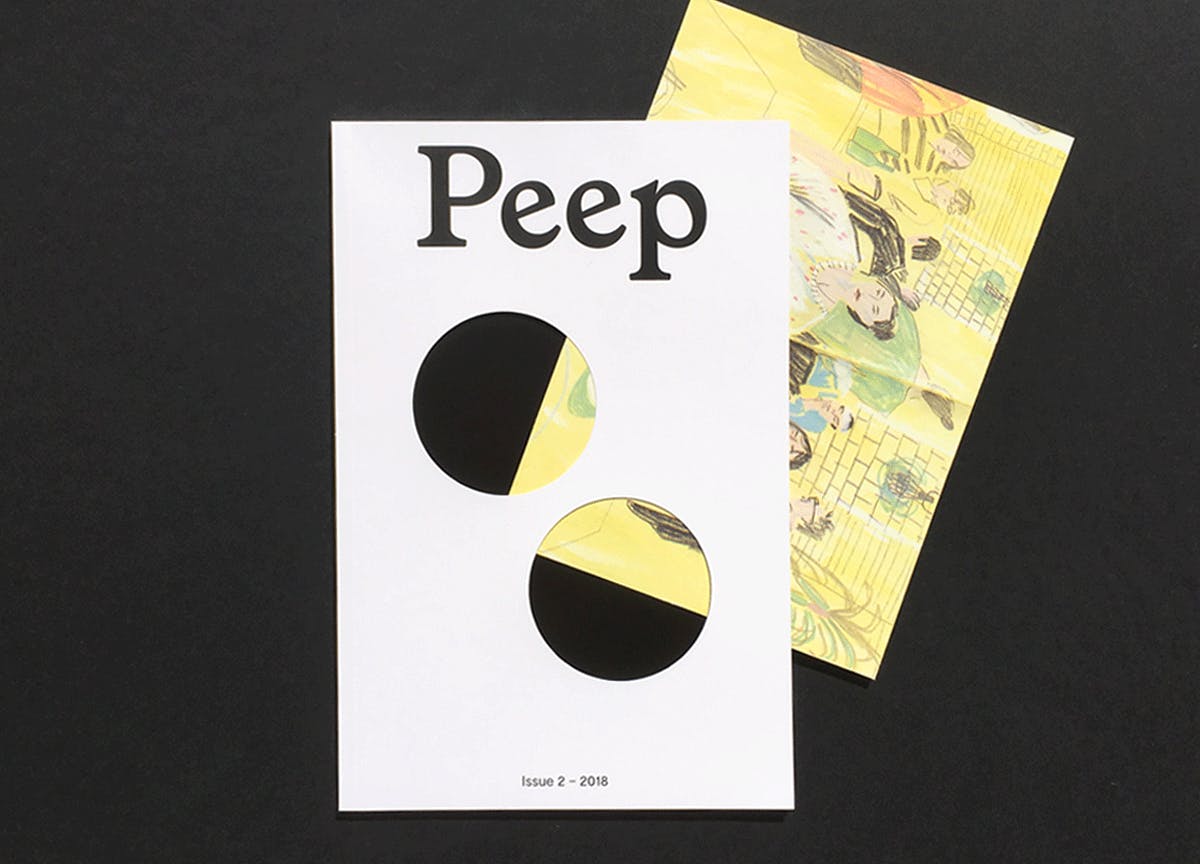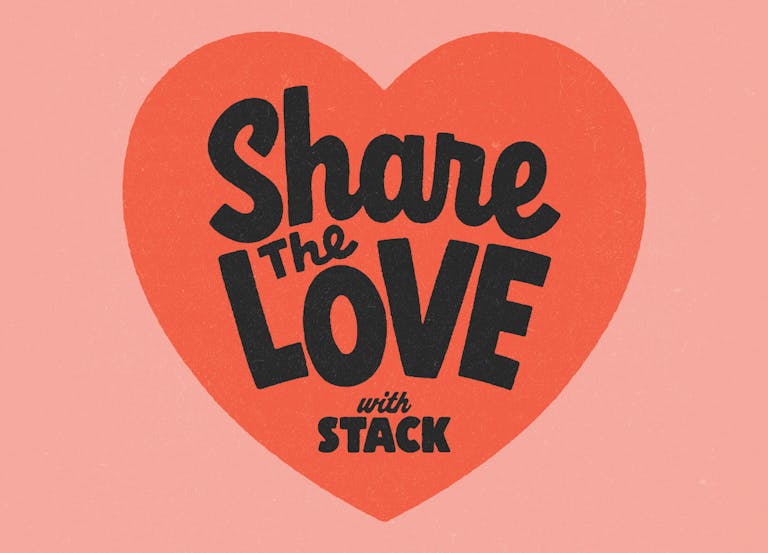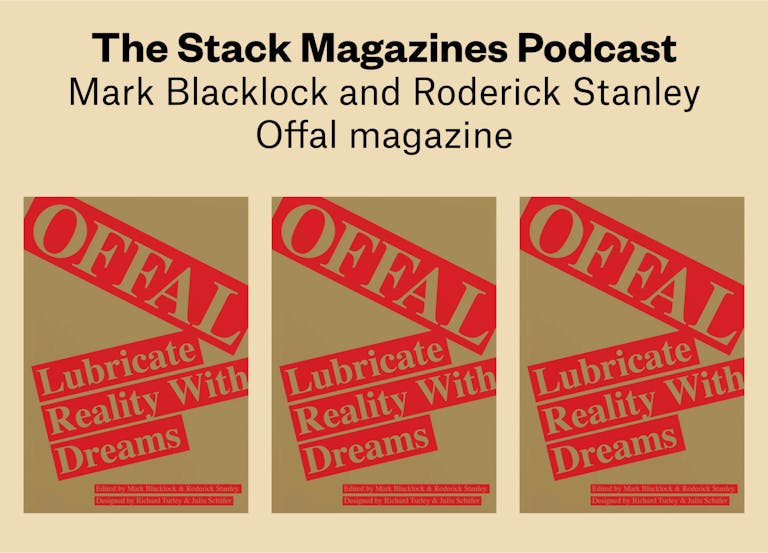Peep publication thinks side projects are fun, unadulterated and very important
While taking a Graphics BA course at Kingston University, the founders of Peep publication came to the Stack office to tell us about their new side project. Their magazine, with laser cut circles on the cover (hence the name), wanted to peer into the creative side projects of designers they admired. After our chat, Adam Morton-Delaney, Ross Norman, Sammie Purulak and Max Rawlins rummaged through our magazine shelves. I was reminded of their excited grins then, as I read through their second issue.
You can feel their genuine curiosity and awe for the creatives they platform, and their firm belief that side projects are what keeps these designers sane, centred and, even, happy. There’s Marisa Fulper’s single-page zines about workplace angst and everyday despondency; there’s a photo series by Erik Kessels (of KesselsKramer and KK London), charting the black eyes and bloody noses of his children’s tumbles — projects that may never pull in big clients, but provide plenty of humour and give creative minds a sense of agency and gratifying outlet. Find out more in our interview with the four below.


Why are creative side projects important?
They are created from an unadulterated process – there’s no boss looking over your shoulder or client interference so they’re the purest form of creativity. They say the most about the individual and we believe they help creatives develop their own style. Plus, and maybe most importantly, they are fun – which is probably why the results are so interesting. To be able to have fun with a project without worrying about impressing a client or boss is what makes them so valuable.
What are some of your favourites from issue two?
Radio 80000 is a pirate radio station set up by two graphic designers from Munich, hosting weekly parties that bring creatives together. They’re building a community in a city in need of an alternative music scene. And Machin Super – Fay from the UK and Aurore from France collaborated on a spinning installation which required two people to work together to activate. We liked that both the project and the outcome itself required collaboration.



Many of your interviewees talk about working on their projects at nights and on the weekends. What do you think keeps them going?
The drive to make something without the constraints of work – to have fun. These projects aren’t work, they are play. It’s like doing anything else you enjoy in the evening or on the weekend, just creative.
Tell us about some changes you made in this second issue.
With the design of issue two we made a conscious effort to take the reader on a journey, as well as including an interview which made it a longer read and gave more context to the importance of side projects. In issue two, we also featured more projects from established creative people to inspire readers that anyone can have fun with side projects.
What was the thinking behind the ‘brief sets’ that come with each issue?
We want to give our readers a starting point to think about side projects more prominently in what they do. The idea of the set briefs is to bring side projects to the forefront of our readers’ minds with really quick, five minute tasks that get ideas flowing and might lead to something more.


—
Receive a print surprise every month — Sign up to Stack and we’ll send you a curated selection of different independent magazines







